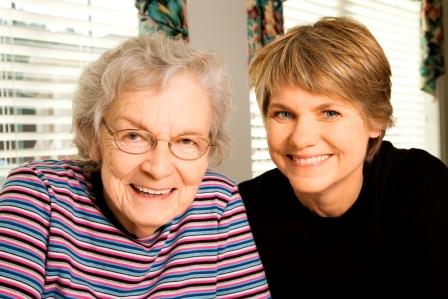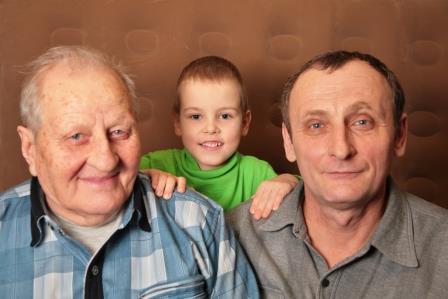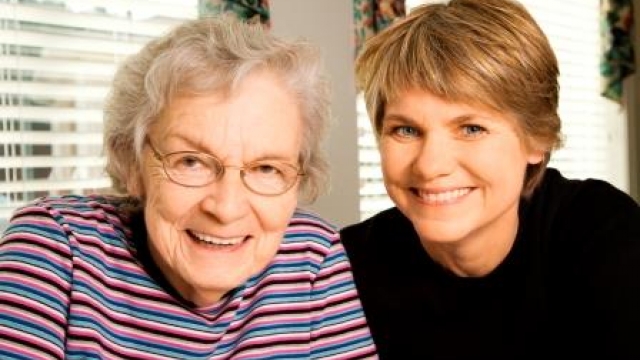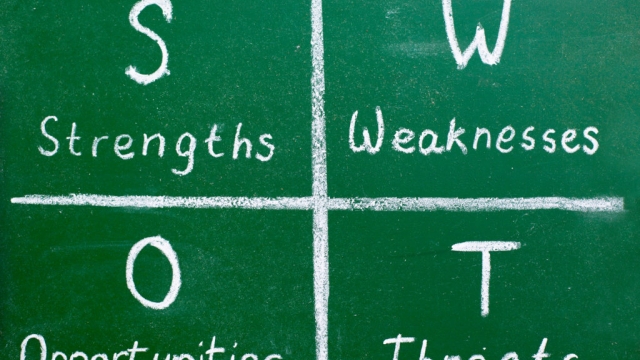Our Industry Is Entering Into The “Second Generation”
When we think of “generations” we typically consider population in general and our peers, children and grandchildren. We know unique generations commonly think differently in terms of lifestyle, finances, how they spend their money and their perception of value . . . in other words their “psychographics” are different. The term psychographics is broadly defined as the use of demographics to determine the attitudes, perceptions and behavior of a particular segment of our population.
 Let’s sharpen the definition of population psychographics and apply it specifically to our senior living industry in terms of two important consumer generations; 1) The Silent Generation, ages 70 to 90 – age, income and asset qualified seniors as potential residents for our communities and 2) The Baby Boom and Baby Busters ages 55 to 64 – the decision influencers for senior living. Let’s also consider the professionals that design and operate our communities. These designs and operating strategies are changing.
Let’s sharpen the definition of population psychographics and apply it specifically to our senior living industry in terms of two important consumer generations; 1) The Silent Generation, ages 70 to 90 – age, income and asset qualified seniors as potential residents for our communities and 2) The Baby Boom and Baby Busters ages 55 to 64 – the decision influencers for senior living. Let’s also consider the professionals that design and operate our communities. These designs and operating strategies are changing.
There are dramatic differences we need to address as we make the critical transition into the second generation of our industry. They involve two primary consumer generations:
1. The Silent Generation – 1925 to 1945. This generation has two major components:
- The Depression Era (1929 to 1939). When I talk to seniors and conduct senior focus groups, I always ask, “Does having lived through the Depression in any way affect your financial decision-making today?” The answer is always a resounding “”
- World War II (1940-1945). GIs came home from the war, married, bought homes and had children in record numbers (the Boomers). These veterans were motivated to make up for lost time. After getting educated under the GI Bill, they built businesses, careers and built personal savings. They are generally fiscally conservative.
2. The Baby Boomers – 1946 to 1964. The Boomers and the Baby Busters (1965 to 1980) have a current age spectrum of 35 to 69. Their psychographics are:
- The “Gray Flannel Suit” Era (1946 – 1980). During this period, many men and women entered the corporate world prepared to spend their careers with one employer. They were generally “team players” – conforming, spending their time responding to the requirements of their employers as they worked through their careers.
- Vietnam Era & the Rebellions of 1960s & 1970s. This troublesome period (1960 – 1974) created large groups of disillusioned veterans and many “maverick consumers”. A large portion of the population did not accept these nonconformists, which only triggered further rebellion against “the establishment”.
The younger element of the Silent Generation and the Boomers are the foundation of the emerging second generation of our industry. Their attitudes and opinions have also been shaped by the boom/bust cycles of the past 20 years and the very low savings rates experienced by fixed income seniors.
The typical life cycle of the Silent and the Boomer generations has been defined as approximately 18 to 20 years old respectively. The modern day senior living industry “first generation” life cycle is defined as approximately 30 years (1985 to 2015). Just like consumer psychographics and trends, some dramatic strategic changes are taking place in our industry
 Tomorrow’s senior living marketing prospects are no longer “the usual prospects.” They are raising the bar of expectations and will be much more articulate in expressing their wants, needs and perceptions of value. It’s time to redouble your efforts at understanding today’s age 75-plus consumers while becoming more savvy about how you market to them. Actually, quite a lot is known about the current mindset of the senior consumer; the challenge is translating this knowledge into practical communication and marketing strategies. Take, for example, pricing. Most of us know we should sell tangible value before price. But, in our zeal to tell our story, we forget that the process involves three very important steps:
Tomorrow’s senior living marketing prospects are no longer “the usual prospects.” They are raising the bar of expectations and will be much more articulate in expressing their wants, needs and perceptions of value. It’s time to redouble your efforts at understanding today’s age 75-plus consumers while becoming more savvy about how you market to them. Actually, quite a lot is known about the current mindset of the senior consumer; the challenge is translating this knowledge into practical communication and marketing strategies. Take, for example, pricing. Most of us know we should sell tangible value before price. But, in our zeal to tell our story, we forget that the process involves three very important steps:
1) Truly understand the senior consumer mindset
2) Identify and correct common senior misconceptions
3) Deploy consumer-focused, market-driven positioning
Finally, realize that we are evolving to another generation of prospects and we are dealing with senior consumers who have experienced a number of life-changing events. The financial implications are enormous.
A word of caution: Don’t get misled by the opinions expressed by your existing residents. These opinions may no longer necessarily reflect the changing mindset of your future residents.
Jim Moore is president of Moore Diversified Services, Inc., a national Senior housing and health care consulting firm based in Fort Worth, Texas. He has written several books about assisted living and Senior housing, including Independent Living and CCRCs. Jim is also a regular contributor to industry publications such as McKnights Long Term Care News and various industry association publications. Contact MDS at 817-731-4266 to discuss your consulting needs.
















